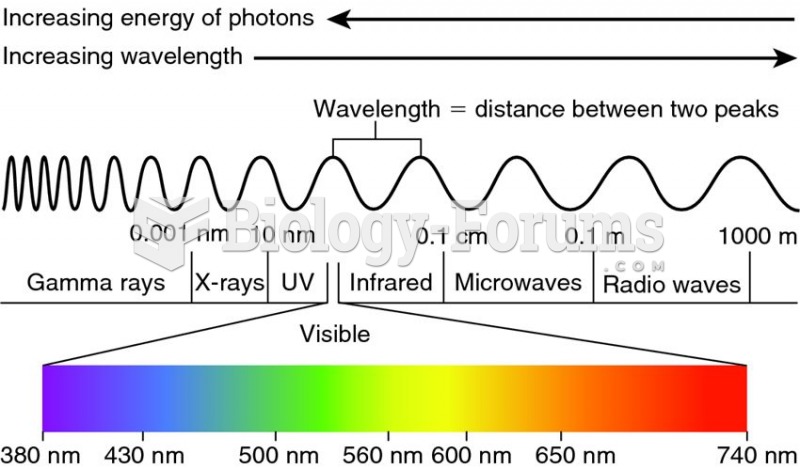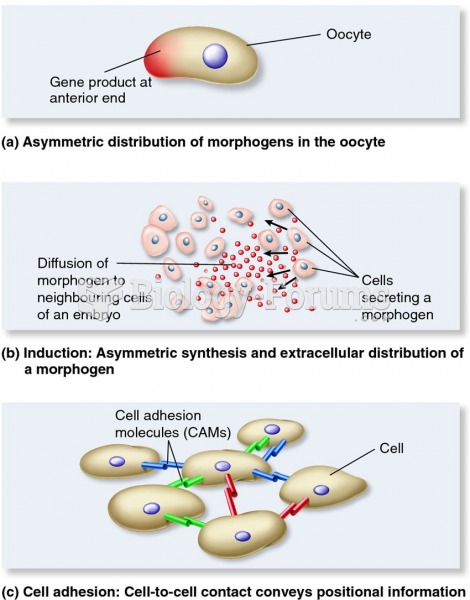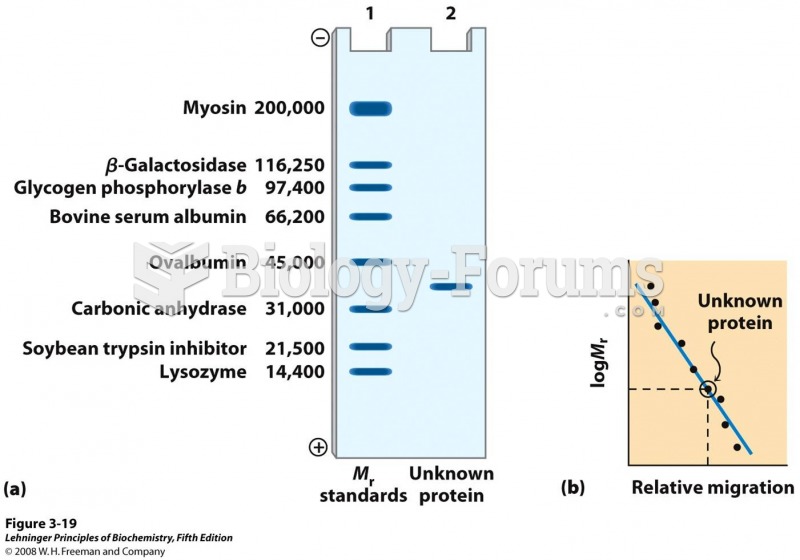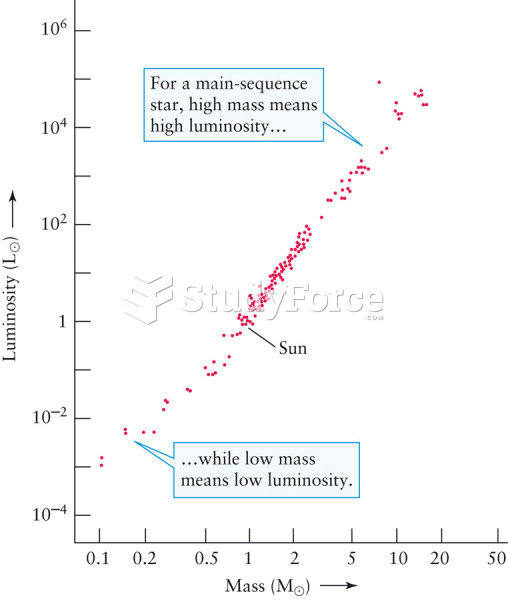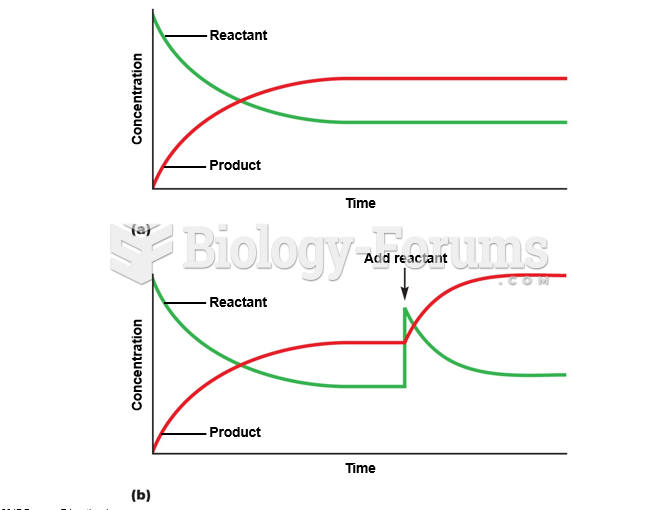Predict the molecular weight of the most likely fragments in the mass spectrum of the following compound.

Question 2Which type of spectroscopy (IR, 1H NMR, UV, or MS) will be best to distinguish between the pair of
compounds below? Give a brief reason.
 Question 3
Question 3Which type of spectroscopy (IR, 1H NMR, UV, or MS) will be best to distinguish between the pair of
compounds below? Give a brief reason.
 Question 4
Question 4Which type of spectroscopy (IR, 1H NMR, UV, or MS) will be best to distinguish between the pair of
compounds below? Give a brief reason.
 Question 5
Question 5Which type of spectroscopy (IR, 1H NMR, UV, or MS) will be best to distinguish between the pair of
compounds below? Give a brief reason.
 Question 6
Question 6Which type of spectroscopy (IR, 1H NMR, UV, or MS) will be best to distinguish between the pair of
compounds below? Give a brief reason.
 Question 7
Question 7Which type of spectroscopy (IR, 1H NMR, UV, or MS) will be best to distinguish between the pair of
compounds below? Give a brief reason.
 Question 8
Question 8Besides the obvious difference in molecular weight, how can mass spectrometry be used to distinguish
between the following compounds?
 Question 9
Question 9Besides the obvious difference in molecular weight, how can mass spectrometry be used to distinguish
between the following compounds?
 Question 10
Question 10Besides the obvious difference in molecular weight, how can mass spectrometry be used to distinguish
between the following compounds?
 Question 11
Question 11Besides the obvious difference in molecular weight, how can mass spectrometry be used to distinguish
between the following compounds?
 Question 12
Question 12How can mass spectrometry be used to distinguish between the following compounds?
 Question 13
Question 13Predict the relative intensity of the M+2 peak in the mass spectrum of the following compound
 Question 14
Question 14Predict the relative intensity of the M+2 peak in the mass spectrum of the following compound.
 Question 15
Question 15Predict the relative intensity of the M+1 peak in the mass spectrum of the following compound



